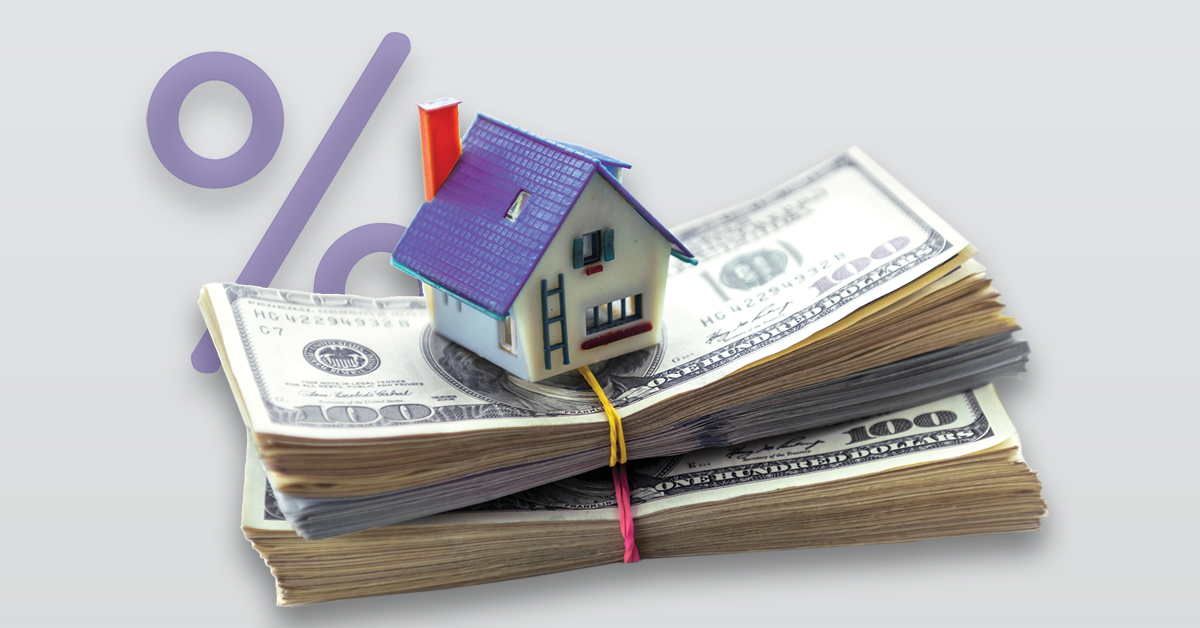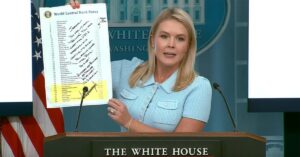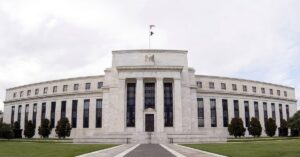In today’s rapidly evolving real estate landscape, the challenges presented by the surge in mortgage rates are palpable, creating a ripple effect of uncertainty for both aspiring homeowners and seasoned sellers. Navigating this intricate financial terrain demands a strategic approach, and at the forefront of this stands the interest rate buydown.
The interest rate buydown, an increasingly favored tactic in real estate loan transactions, involves sellers contributing a portion of the sales proceeds toward buyers’ closing costs, which would include rate discount points. The buyer may also simply come to closing with funds to buy down the rate as well, of course.
This strategic investment acts as a lever to facilitate a lower interest rate for the buyer, either for a specified duration or the entirety of the loan. Usually on a 30-year amortized mortgage, this rate is bought down for the entire term.
Notably, builders may also choose to finance a buydown, strategically employing it as a draw for potential buyers in newly developed communities. Builder rate buydowns are where this strategy first made any significant headway in public awareness for buyers. Now, most people are aware of rate buydowns or have heard of them if they have been wanting to buy a home. Originators should be conversant in how this financing works and whether the strategy would make sense for their clients.
Strategic move
While sellers might not immediately recognize the benefits, the use of interest rate buydowns serves as a shield against the adverse effects of higher interest rates. The main benefit for a seller is that a buydown will help reduce the buyer debt-to-income ratio and make them qualify for a higher loan amount.
This higher loan amount allows the buyer to pay a higher price for a home, which would clearly benefit the seller. It functions as a catalyst for expanding the pool of potential homebuyers and plays a pivotal role in sealing deals that might otherwise be marred by buyer hesitations — especially crucial for first-time buyers navigating the real estate landscape with limited funds or experience.
In a scenario where interest rates rise and the demand for housing diminishes, sellers find themselves compelled to reassess their home prices. This is where the use of interest rate buydowns comes to the forefront. While sellers may still incur costs, the financial impact is notably less than an outright reduction in the property’s asking price. Additionally, sellers employing buydowns have the potential to negotiate a higher selling price, leveraging the attractiveness of reduced interest rates for potential buyers, much like new home developers use this tactic to attract those same buyers.
Furthermore, sellers offering buydowns stand to gain a favorable image within the homebuying community. This strategic move portrays a genuine motivation to sell, demonstrating flexibility and a willingness to collaborate closely with potential buyers. A buyer considering several homes is likely to be drawn to a seller who has already exhibited a “win-win” type of approach to a potential transaction. Beyond this, buydowns provide sellers with a competitive advantage. The allure of lower rates naturally makes properties offering such incentives more appealing to potential buyers.
Practical impact
Understanding the intricacies of interest rate buydowns is paramount. Mortgage points, representing 1% of the total mortgage amount, function as a form of prepaid interest. Typically, a single mortgage point results in a 0.25% reduction in the loan’s interest rate. A borrower obtaining a $500,000 mortgage with an interest rate of 6% would need to pay $5,000 to lower the rate to 5.75%.
Of course, this would mean the borrower would need to keep the loan in place for four or more years for the strategy to completely pay for itself. Even if that is not the case, the borrower will still have qualified for more of a loan amount when closing by the use of the buydown strategy.
Two other prevalent structures for interest rate buydowns are 3-2-1 and 2-1 buydowns. In the 3-2-1 structure, buyers experience reduced interest rates for the initial three years, with a subsequent annual increase of 1%. A mortgage for a 6% interest rate would be reduced to 3% in the first year, 4% in the second year and 5% in the third year before reverting to the permanent rate. The 2-1 structure follows a similar pattern, but with discounted rates lasting for two years.
Sellers retain the flexibility to offer buydowns for any duration, allowing them to craft terms that optimize benefits for both themselves and potential buyers. All parties would need to negotiate this upfront, putting the details in the purchase contract.
To illustrate the practical impact of an interest rate buydown, consider a buyer securing a 30-year, fixed-rate mortgage of $500,000 at 6%. Without a buydown, the monthly payment on principal and interest stands at approximately $2,998. Contrast this with a 2-1 buydown scenario, where the buyer pays around $2,387 monthly for the first year, resulting in a savings of $611 per month. In the third year, the monthly payments revert to the original $2,998.
Prudent analysis
Distinguishing between temporary and permanent buydowns is crucial for buyers to align their strategy with their future plans for the property. Calculating the break-even point — where the cost of points equals monthly savings — is a prudent step.
If a buyer intends to relocate before reaching this break-even point, opting for a buydown may not be the most beneficial choice as mentioned above. Additionally, buydowns are generally applicable to the purchase or refinancing of primary residences or second homes and are typically not available on investment properties.
It is imperative to note key distinctions between buyer- and seller-paid buydowns. Sellers often incorporate subsidy costs into the home’s purchase price to offset expenses associated with buying mortgage points.
On the flip side, buyers opting to purchase their own points may find this strategy advantageous, especially in scenarios where the borrowers expect a salary increase before the higher rates kick in. Predictably, lower monthly rates resulting from buydowns also facilitate short-term budgeting for buyers and allow for qualifying for higher loan amounts.
In essence, buydowns emerge as a strategic consideration for sellers and buyers navigating the evolving landscape of mortgage rate pricing. Sellers stand to salvage sale proceeds that lowering housing prices would otherwise diminish, while buyers engaged in long-term housing projects can secure more affordable rates, fostering a commitment to retaining these properties.
●●●
In the dynamic interplay of the real estate market, the judicious use of interest rate buydowns emerges as a mutually beneficial tool for all parties involved. As the market continues to evolve, understanding and leveraging these strategies becomes pivotal for those loan originators aiming to thrive in the ever-changing mortgage landscape. This nuanced approach not only safeguards against market uncertainties, but positions both sellers and borrowers for long-term success. ●
Author
-

Tyler Stone is the founder and president of Capstone Financial, which specializes in privately funded loans for commercial and fix-and-flip investment properties. A national direct lender launched in 2010, Capstone has simplified underwriting processes for first-lien position investment and bridge financing. Programs range from streamlined fix-and-flip rehab loans to one-off funding for “makes-sense” deals.
View all posts






